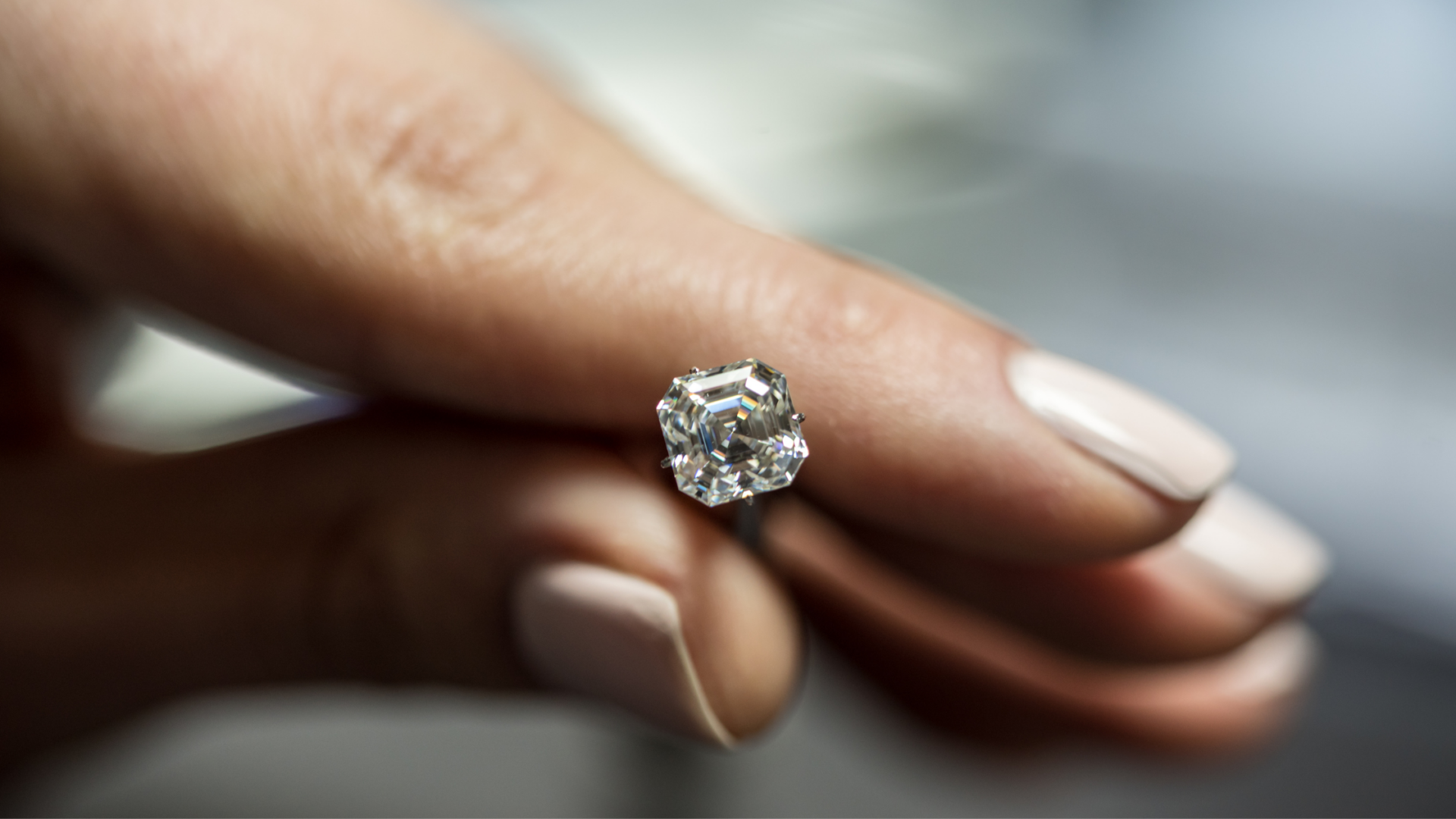MrsT
Shiny_Rock
- Joined
- Jun 28, 2006
- Messages
- 222
I''m one of those people that''s just not going to get the scienctific explanations, so try to bear with me.I can imagine how dumb my questions sound. For me, a beautiful diamond should have excellent/very good light performance. Correct me if I''m wrong, but return of white light and colorlerd light is the movement - or scintilation/sparkle of a diamond.
So why did the following stone seem so dull in the store. Most of the measurements fall into the American Ideal range except the crown angel.
HCA score 1.3 TIC
7.67 x 7.70 x 4.76
GIA cert.
1.72 G SI1 (pin points under microscope)
Cut Grade: Excellent
Polish/Symmetry: Both Excellent
Table: 55% (Class 1A American Ideal)
Depth: 61.8% (Class 1A)
Pav.Depth: 42.5% (Class 1A)
Crown Height: 16.0% (class 1A)
Crown Angle: 35.5 (class 2A)
Pav.Angel: 40.6
Girdle:thin-med (Class 1A)
$15,000
Is there anything here that would explain the lack of scintilation?
Second question:
Is the HCA tool the only way to tell if tables/depths are in the proper proportions? If a table is 58% is there a way to know the most optimal depth for a stone cut with that table?
Or do you just have to run the numbers in HCA to tell you that? I''m going to see a stone today that the jeweler claims is unbelievable and scored 2.0 on HCA. The table is 58% and depth 62.5 , Crown A:34.4 and Pav.A 41. He has the Sarin report.
Thanks,
Mrs.T
So why did the following stone seem so dull in the store. Most of the measurements fall into the American Ideal range except the crown angel.
HCA score 1.3 TIC
7.67 x 7.70 x 4.76
GIA cert.
1.72 G SI1 (pin points under microscope)
Cut Grade: Excellent
Polish/Symmetry: Both Excellent
Table: 55% (Class 1A American Ideal)
Depth: 61.8% (Class 1A)
Pav.Depth: 42.5% (Class 1A)
Crown Height: 16.0% (class 1A)
Crown Angle: 35.5 (class 2A)
Pav.Angel: 40.6
Girdle:thin-med (Class 1A)
$15,000
Is there anything here that would explain the lack of scintilation?
Second question:
Is the HCA tool the only way to tell if tables/depths are in the proper proportions? If a table is 58% is there a way to know the most optimal depth for a stone cut with that table?
Or do you just have to run the numbers in HCA to tell you that? I''m going to see a stone today that the jeweler claims is unbelievable and scored 2.0 on HCA. The table is 58% and depth 62.5 , Crown A:34.4 and Pav.A 41. He has the Sarin report.
Thanks,
Mrs.T




300x240.png)